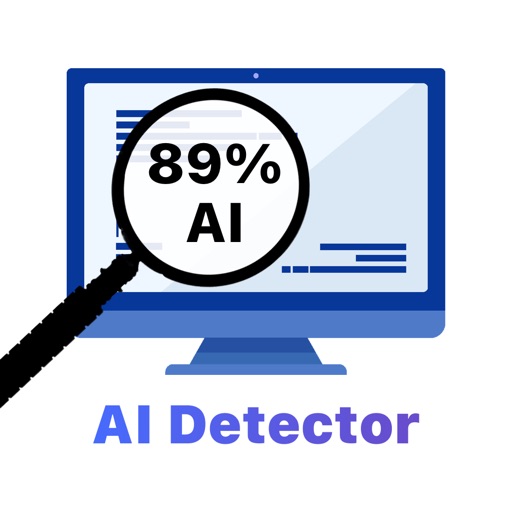Introduction – The Rise of Artificial Intelligence
Almost everyone is using the functions of Artificial Intelligence – the recommendations from online shopping, self-driving vehicles, and many more ai detector implementations in day-to-day activities. However, discerning the different types of content whether machine-written or human-written is a problem. This is where the AI detectors come in.
What is an AI Detector?
AI detectors serve the purpose of identifying the content – be it text, image or voices – produced by an AI or by a human. For AI detectors, it is an AI-technology content provided detectors reasoning the linguistic, sentence structuring features to differentiate and distinguish the content produced by an AI and a human.
AI-technology content provided detectors is a digital trooper.
Why are AI Detectors Essential?
- Combating Misinformation
With AI-technology like ChatGPT and GPT-4, the chances of providing misinformation is at an all time high. The misinformation problem is where AI detectors come in to serve the purpose of journalists, educators, and fact checkers.
- Maintaining Academic Integrity
There are rising concerns of academic integrity with students using AI as students using AI for their essays or assignments. Fair evaluation is guaranteed as AI detectors help teachers recognize AI-assisted submissions.
- Protecting Originality in Content Creation
Marketers, bloggers, and writers want to make original pieces of work. AI detectors help tell whether or not a piece of writing contains a human touch and should be modified to keep originality.
How Do AI Detectors Work?
There are numerous approaches to text and data analysis to detect AI.
- Probability mapping entails evaluation of how likely certain word combinations are to occur in writing.
- Linguistic fingerprinting is a method measuring the predictability of a text. AI writing detection exposes odd phrasing.
- Machine learning is an ai detector approach built on human and AI outputs. The AI “learns” the nuances as human and AI writing are exposed to it.
To increase accuracy the most advanced AI Detectors employ deep learning.
Popular Use Cases for AI Detectors
- Educators verifying student submissions.
- Recruiters analyzing job applications or cover letters for AI-generated content.
- Publishers and editors checking guest posts or submissions.
- Content agencies ensure originality before publication.
Limitations of AI Detectors
AI detectors are incredibly useful, although not completely accurate. There are mistakes, such as human-written text being flagged as produced by an AI. There are also advanced AI programs that will slip through the detectors. However, the newer AI detection programs are continuing to minimize those mistakes.
Future of AI Detection: Smarter, Faster, More Accurate
AI detectors will need to keep changing as AI technology develops. Future detectors will include:
- -Detection that occurs as the user is creating content.
- -Detection that works with browsers and CMS systems.
- -Detection that works in multiple languages.
- -Detection that works with audio and video as well as text.
There will be an endless need for advanced detectors as AI continues to evolve.
Conclusion: Why AI Detectors Matter More Than Ever
Artificial Intelligence can imitate creativity. AI detectors can help us find what is real. For educators, journalists, content creators, and business owners, AI detectors can help prove that creative work is original and transparent. This also helps maintain standards for ethical work.
Check Out More Latest Articles: Click Here

